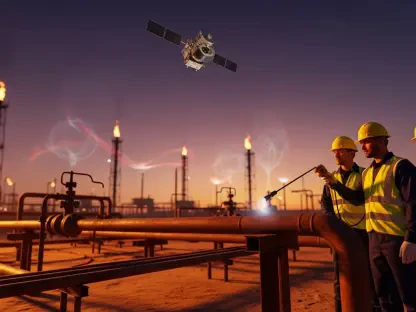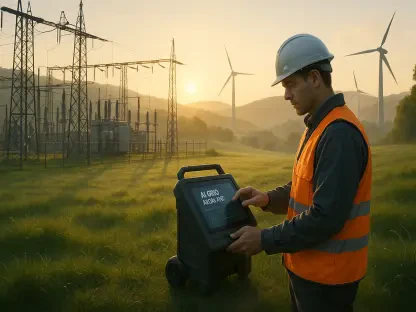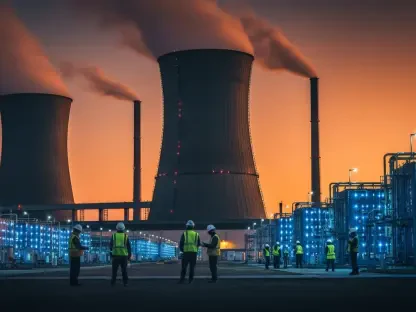India stands at the forefront of a transformative energy revolution, aiming to become a global leader in hydrogen production with a staggering target of 5 million metric tonnes by 2030. This ambitious goal, driven by a pressing need to reduce carbon emissions and dependence on imported energy, underscores the nation’s commitment to a sustainable future. Hydrogen, often hailed as the fuel of tomorrow due to its zero-carbon footprint when burned, offers a promising pathway to decarbonize industries, transportation, and power generation. With the government’s strategic Hydrogen Mission backed by a substantial investment of ₹19,200 crore, the country is laying the groundwork for a robust ecosystem. This initiative not only focuses on domestic production but also aims to foster innovation and infrastructure development. As challenges like high costs and scalability loom large, the journey toward self-reliance in hydrogen production is both a bold vision and a complex endeavor that demands collaboration across sectors.
Building a Hydrogen Ecosystem Through Innovation
A cornerstone of India’s strategy lies in creating a comprehensive hydrogen ecosystem that integrates production, storage, and utilization. Under the Hydrogen Mission, the government is establishing cutting-edge production plants, including new electrolyzer facilities essential for green hydrogen. Three major “Hydrogen Valley” projects, with capacities ranging from 50 MW to 500 MW, have been launched across diverse regions to test and scale technologies. Industries are also being incentivized through a competitive “challenge mode” to build production units, supported by subsidies for critical components like electrolyzers and fuel cells. Beyond infrastructure, research and development efforts are tackling vital aspects such as high-pressure storage solutions and efficient transport mechanisms. Experimental projects, such as blending hydrogen with compressed natural gas for bus fleets, highlight the innovative spirit driving this transition. This multifaceted approach, blending policy support with private sector engagement, reflects a determined push to overcome technical and logistical barriers in the quest for energy independence.
Overcoming Economic and Environmental Challenges
While the vision for hydrogen self-reliance is clear, reducing costs remains a pivotal hurdle that must be addressed to ensure viability. Currently, green hydrogen production costs hover between $4 and $5 per unit, with an ambitious target to slash this to $1 per unit within the coming years. Achieving this will demand significant reductions in the costs of electrolyzers, power inputs, and critical materials through localized manufacturing. On the environmental front, hydrogen’s appeal as a clean fuel—emitting no particulate matter or pollution when used—aligns seamlessly with global sustainability goals. Its integration into sectors like transportation, where fuel cell vehicles are being developed alongside expanded refueling infrastructure, signals a broader shift toward cleaner mobility solutions. Reflecting on the strides made, it’s evident that substantial progress has been achieved in policy frameworks and pilot projects. Moving forward, the focus must shift to scaling these initiatives, fostering international partnerships, and investing in breakthrough technologies to cement India’s position as a hydrogen powerhouse by the end of the decade.









